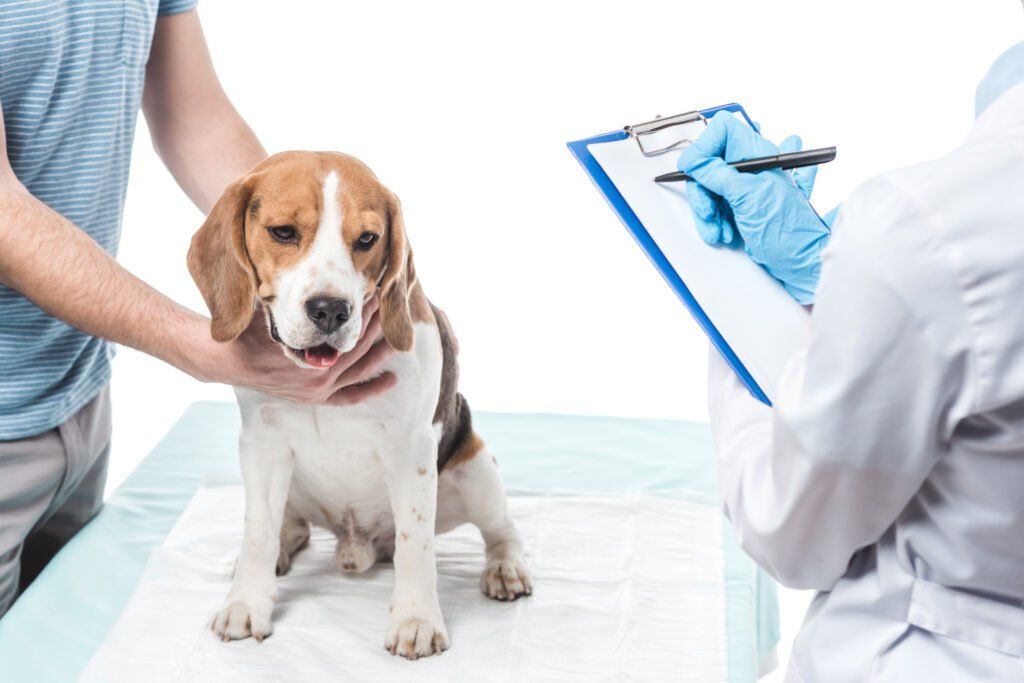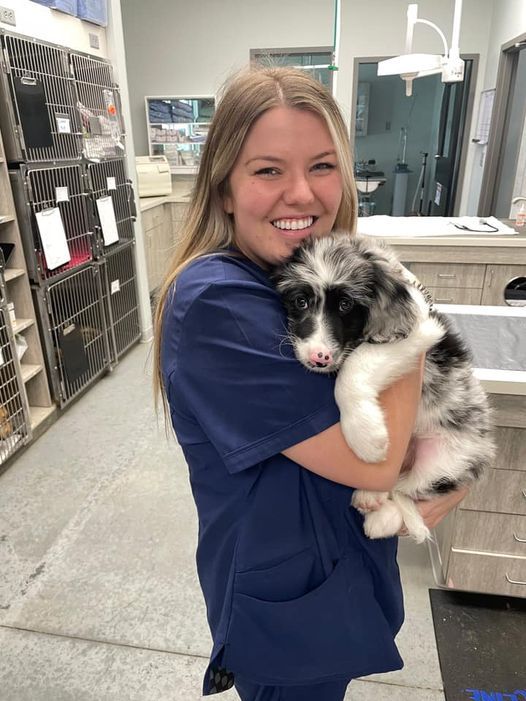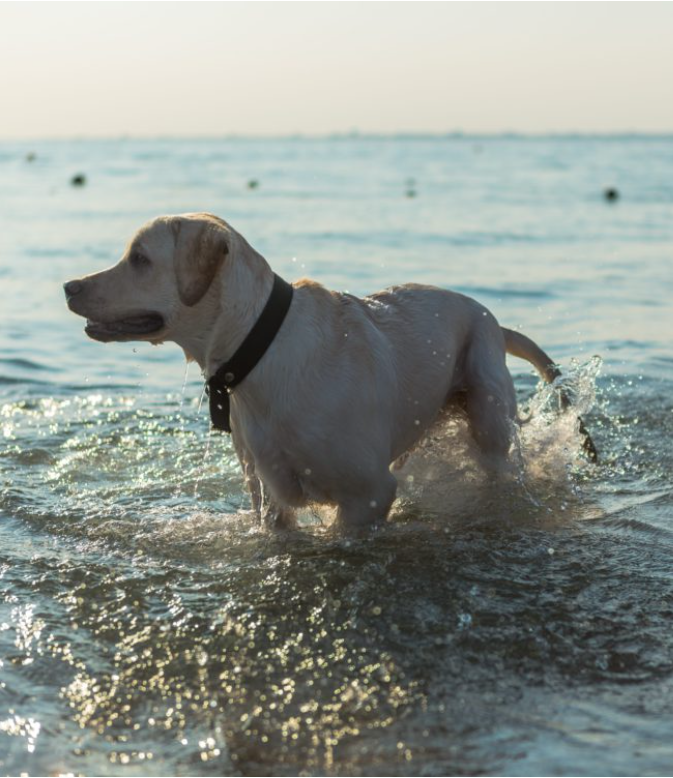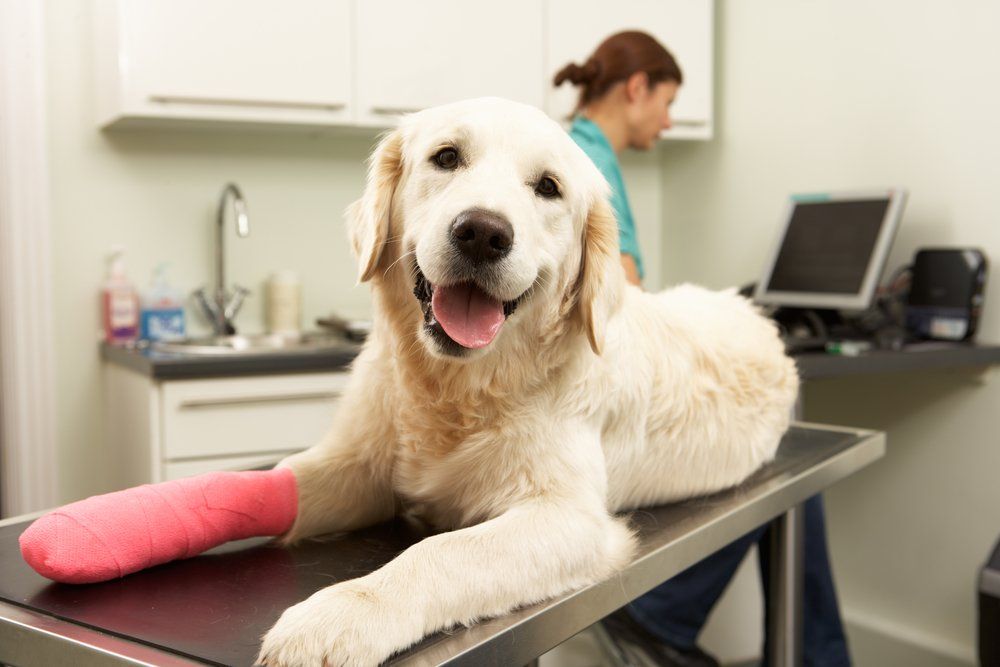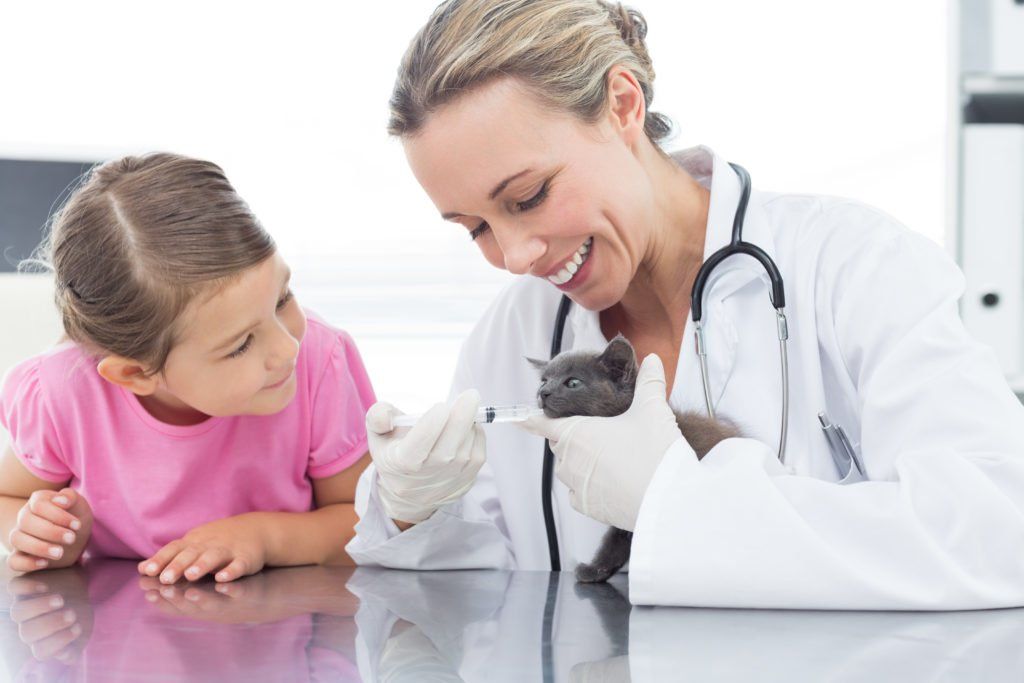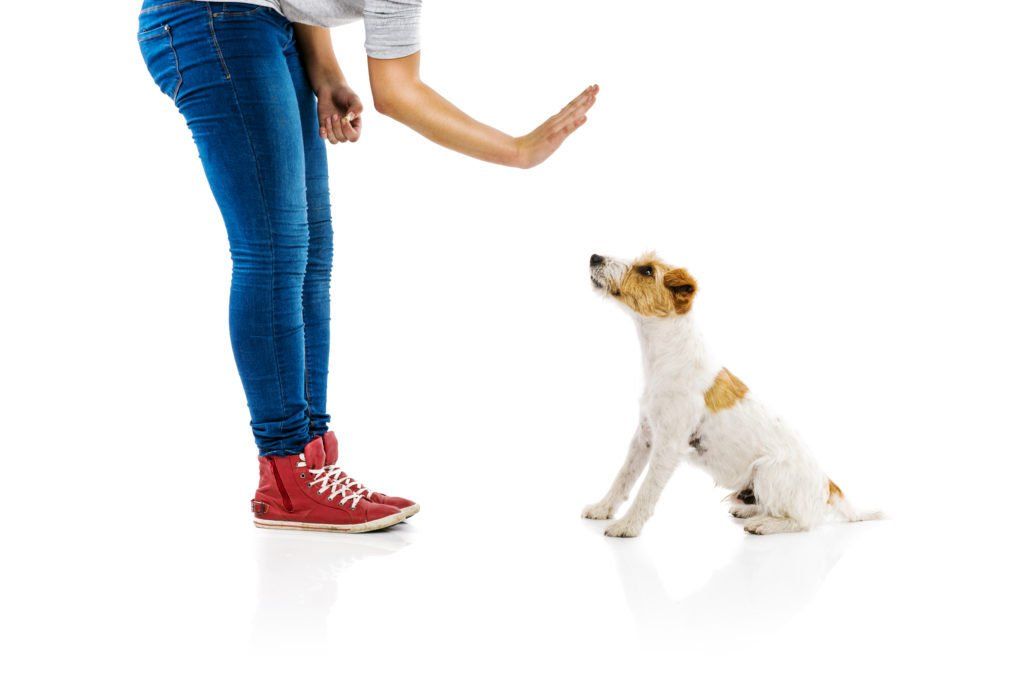You and Your Pet: What to do During a Natural Disaster
As a pet owner, it’s your responsibility to ensure that your pets are included in any type of emergency plan for your family in the event of a natural disaster. In Little Rock, the most likely natural disasters include tornadoes, floods, and ice storms. But in other parts of the country, as we’ve all seen in the news, hurricanes have had a devastating impact on people and animals alike.
These disasters can happen without warning, so it’s important to be prepared ahead of time.
Tips to Protect Your Pet
- Make sure your pet is wearing a collar and tags with up-to-date contact information.
- Microchip your pet. This is the best way to help ensure that you and your pet are reunited if you get separated. Be sure to register the chip with the manufacturer and keep your contact information up to date.
- Have a pet carrier for each pet (write your pet’s name, your name and contact information on each carrier).
- Keep a leash and/or carrier near your exit door.
- If you don’t have a car, make arrangements with neighbors or family and friends. Also contact your city officials to ask about emergency transportation options.
- Decide where you and your pets are going to stay. You will have two options, sheltering in place or sheltering somewhere away from home if you are evacuated.
Sheltering in Place
When sheltering at home with your pet, make sure the room chosen is pet-friendly. An interior room with few or no windows is recommended. Be sure to close off small areas where small animals could get stuck.
Sheltering during an evacuation
After the recent hurricanes, we saw many heartbreaking photos of pets who had to be rescued. Unfortunately, most official emergency management shelters do not permit pets unless they are qualified service animals. The ASPCA is helping to rescue pets, and they’re accepting donations to help defray their costs.
If you find that you need accommodations:
- Contact local veterinary clinics, boarding facilities, and animal shelters to see if they will take your pets until the most immediate danger has passed.
- Contact family or friends outside the evacuation area and make arrangements with them to take in your pets.
- Contact a pet-friendly hotel, especially along evacuation routes. Little Rock has many pet-friendly hotels, some of which allow pets to stay without a fee.
Prepare a Pet Disaster Kit
Many of us have emergency kits for ourselves, but sometimes fail to make sure we have a disaster kit for our pets, so evacuation will go smoothly for everyone. Ask us for help in putting it together. The Centers for Disease Control has put together a list to get you started. Some examples of what to include are:
- Food (in airtight waterproof containers or cans) and enough water for at least two weeks for each pet
- Food and water bowls and a manual can opener
- For cats: litter box and litter
- For dogs: plastic bags for poop
- Clean-up items for bathroom accidents (paper towels, plastic trash bags, bleach-containing cleaning agent)
- Medications for at least two weeks, along with any treats used to give the medications and pharmacy contact for refills
- Medical records
- Current vaccination record
- A record of your pet’s microchip number
- For cats, most recent FeLV/FIV test result or vaccination date
- Summary of pertinent medical history; ask us for a copy
- Leashes or harnesses
- Carrier or cage that is large enough for your pet to stand comfortably and turn around
- Pet toys and bed (familiar items to help the pet feel more comfortable)
- A handout with identifying information in the event your pet is lost
- Current photo of pet
- Owner contact information (cell phone, work phone, home phone)
- Contact information of a close relative or friend,
- Documents, medications, and food should be stored in waterproof containers
None of us wants to think about another natural disaster occurring, but by having a plan in place, as well as a comprehensive pet evacuation kit, we’ll be prepared if and when the time comes.
